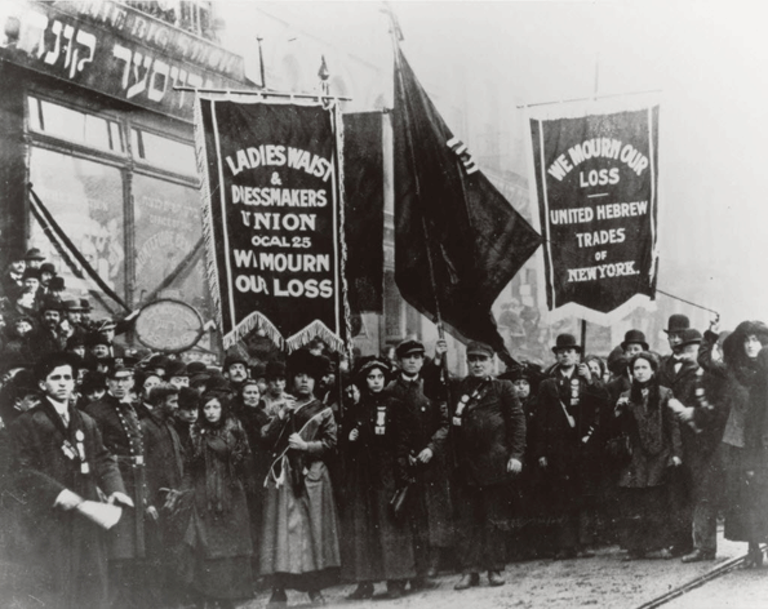A Short History of Labor Day and Worker Safety
September 4, 2020

One of the joys of age is the ability to look back with more experience and, hopefully, more wisdom. I began my career as a safety and health professional in 1989. Worker safety and safe working conditions have been top of mind for me for more than 30 years.
It does not escape me that things have changed a lot in our profession these past three decades and, without a doubt, will rapidly change going forward. Yet, our work is still the same: As safety and health professionals, our core duty is to return people – our colleagues and the workers entrusted to our care – back to their families every day. We do more than that, but if we aren’t protecting people, I believe the rest pales in how we judge the success of the other things.
As we approach Labor Day and its last day of summer festivities, let’s also pause to recognize its real significance, the American workers and their steadfast determination for better working conditions. Labor Day happened because of the demands of workers for better working conditions during the pinnacle of the Industrial Revolution. During this period, companies were increasing manufacturing and mining, experiencing rapid construction growth and improving transportation – all with an abundance of available labor in a new country ripe with natural resources.
The country was indeed growing, but there was a lack of government oversight and a lack of worker safety and health regulations to control conditions at workplaces. Men and women were working 12-hour days, seven days a week, to support the most basic needs of their families. Children as young as five were performing manual labor. For most, dismal and unsafe work environments were widespread, and severe injuries and a regrettably high death rate were common. Studies that examine this period offer insight into the reality that accidents were so cheap that a fatality or severe injury had little relevance to the need to reach production goals and get the job done.
A Turning Point for Worker Safety
Something had to change. Two significant events ushered in the beginning of worker safety regulations and the need for safety and health professionals who could monitor workplace conditions. The Monongah Mine explosion in West Virginia killed 362 miners in 1907 and the Triangle Shirtwaist Garment Factory fire killed 146 workers in New York City in 1911.
Investigations into both tragedies revealed negligent safety practices, inadequate leadership and the absence of safety and health regulations. In response to these events and the outcry of workers and the burgeoning labor movement, the U.S. Bureau of Mines created its first set of safety regulations directed at protecting miners, and the government enacted workers’ compensation laws that began to leverage safety protections in the workplace.
In addition, two organizations were created around this time that also had an impact on the early beginnings of workplace safety. In 1911, the United Association of Casualty Inspectors, later renamed the American Society of Safety Engineers, and the National Council for Industrial Safety, now known as the National Safety Council, was founded in 1913. Both groups had significant influence in supporting the need for the protection of the worker and influencing management teams to consult and provide accident prevention programs that allowed them to better protect their workers.
I began my career right out of high school in the construction industry as a union insulator working in mostly power and chemical plants. The job was a short stint before starting college, but still, it served as a lesson in understanding how people work and the challenges they face. That helped me make my decision to go on to college and learn how to protect them.
Celebrate the holiday, but please pause to remember the labors of the men and women you care for and the ones that came before us. It is the real significance of Labor Day. I am a safety and health professional because men and women demanded better over 150 years ago and created a path of new thinking that created a need for dedicated safety professionals. Our profession serves as the critical link between management and the frontline.
To all of my safety and health colleagues, thank you for your labors in the service of protecting others.
Join us in continuing the legacy of protecting workers. Share your commitment to safety this Labor Day and explore our Health and Safety Management tools to help ensure safe working conditions.







